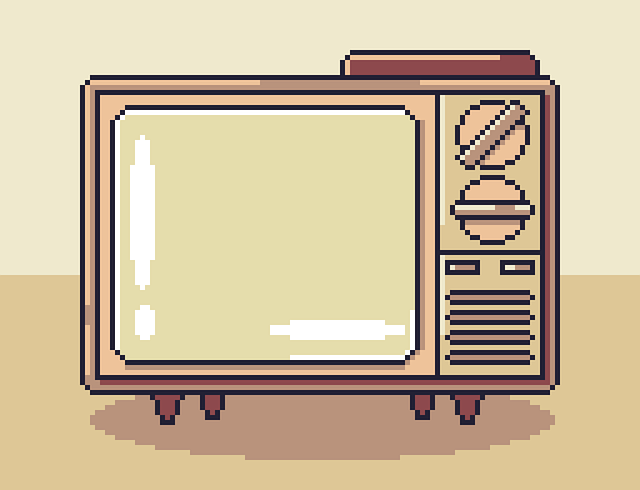Understanding injectable fillers and lasers involves open communication with providers about risks and outcomes, adhering to safety protocols, patient education, thorough consultations, post-procedure care, and choosing qualified practitioners with reputable clinics to minimize aesthetic practice malpractice and ensure positive treatment experiences.
In the ever-evolving world of aesthetics, individuals are increasingly embracing advanced procedures like injectables, lasers, and skin care treatments to enhance their appearance. While these practices offer significant benefits, understanding the risks is paramount. This comprehensive guide delves into various aspects of popular aesthetic treatments, including potential complications and recovery processes. Moreover, we explore critical considerations for selecting a qualified practitioner to minimize the risk of malpractice in this growing industry.
- Understanding Injectable Fillers and Their Risks
- Laser Treatments: Benefits and Potential Complications
- Skin Care Procedures: What to Expect and How to Recover
- Medical Malpractice in Aesthetic Practices: Common Issues
- Preventing and Managing Post-Procedure Complications
- Choosing the Right Aesthetic Practitioner: Key Considerations
Understanding Injectable Fillers and Their Risks

Understanding injectable fillers is crucial for anyone considering cosmetic procedures at an aesthetic practice. These fillers, often made from hyaluronic acid or collagen, are injected into the skin to enhance facial contours and reduce signs of aging. While they offer significant benefits in terms of immediate results and non-surgical nature, it’s essential to recognize potential risks. Malpractice in this area can lead to complications such as bruising, swelling, asymmetry, or even more serious issues like infection or allergic reactions.
Patients should prioritize open communication with their aesthetic practice provider. This includes discussing filler types, expected outcomes, and possible adverse effects. A qualified professional will perform a thorough consultation, taking into account medical history and individual needs to mitigate risks. Regular follow-ups are equally important to ensure satisfaction and address any concerns promptly.
Laser Treatments: Benefits and Potential Complications

Laser treatments have gained popularity in the aesthetic industry due to their ability to offer precise and targeted results for various skin concerns. These procedures work by using concentrated beams of light to penetrate the skin, stimulating collagen production and improving skin texture, tone, and overall appearance. One of the key benefits is their non-invasive nature, making them a preferred choice for many seeking alternative solutions to surgical procedures. However, like any cosmetic treatment, lasers are not without potential complications.
Some common side effects include temporary redness, swelling, and sensitivity in the treated area. In rare cases, laser treatments may cause skin irritation, pigment changes, or even burns if not administered correctly. Individuals with certain skin types or conditions might be at a higher risk for complications, so careful consideration and consultation with qualified professionals are essential to ensure patient safety. The chances of malpractice in aesthetic practices can be mitigated by adhering to strict protocols, staying informed about the latest research, and prioritizing patient education before any procedure.
Skin Care Procedures: What to Expect and How to Recover

Skin care procedures, including injectables and laser treatments, have become increasingly popular in modern aesthetic practices. However, it’s crucial to approach these with a clear understanding of what to expect and how to recover properly. Before undergoing any procedure, patients should have detailed consultations with their practitioners to discuss goals, potential risks, and side effects.
Recovery times vary depending on the type of treatment received. Common injectables like Botox or filler might only require minimal downtime, while laser treatments could leave skin sensitive and swollen for several days. It’s essential to follow post-procedure instructions carefully to minimize complications and achieve optimal results. Additionally, being aware of the potential risks associated with aesthetic practice malpractice can help patients make informed decisions and ensure they receive safe, effective care.
Medical Malpractice in Aesthetic Practices: Common Issues

In the realm of aesthetic practices, where injectables and lasers are common tools, medical malpractice can arise from various issues. One of the most prevalent concerns is incorrect administration of treatments, such as improper dosing or incorrect injection techniques, which can lead to unwanted side effects like asymmetry, bruising, or even more severe reactions. Another significant issue is inadequate consultation and informed consent. Patients may not be fully aware of potential risks, recovery times, or long-term effects, leading to dissatisfaction and legal complications if expectations are not met.
Moreover, lack of sterilization and cross-contamination can pose serious health risks, including transmission of infections like HIV or hepatitis. Negligent aftercare, such as failing to provide proper instructions for healing or managing post-procedure complications, can also contribute to malpractice claims. Ensuring rigorous adherence to safety protocols, comprehensive patient education, and meticulous record-keeping is crucial in mitigating these risks and fostering a positive aesthetic practice environment.
Preventing and Managing Post-Procedure Complications

Preventing and managing post-procedure complications is a critical aspect of any successful aesthetic practice. Implementing robust protocols for patient screening, infection control, and sterile technique can significantly reduce the risk of adverse events. For injectables, thorough consultation to understand patient expectations and medical history is key. Lasers require specialized training and adherence to safety guidelines to minimize burn risks and other complications.
Effective management involves prompt recognition of symptoms, immediate intervention, and close post-op monitoring. Regular staff training, including emergency protocols, ensures a well-prepared team. Investing in advanced equipment and staying updated with the latest research can also aid in complication prevention and patient satisfaction. Preventing aesthetic practice malpractice begins with these foundational steps.
Choosing the Right Aesthetic Practitioner: Key Considerations

Choosing the right aesthetic practitioner is a crucial step in ensuring safe and effective treatments. When selecting a provider for injectables, lasers, or other aesthetic procedures, it’s essential to consider their qualifications, experience, and certifications. Look for practitioners who have undergone specialized training and are board-certified in dermatology or a related field. This ensures they possess the knowledge and skills necessary to administer treatments with precision and minimize risks of aesthetic practice malpractice.
Reputation and patient reviews are also vital indicators. Research their background, check references, and read testimonials from previous clients. A practitioner with an excellent track record demonstrates a commitment to delivering high-quality care and addressing patient concerns. Additionally, ensuring that the clinic maintains up-to-date equipment and follows strict hygiene protocols is essential to prevent complications and promote positive outcomes, mitigating potential malpractice issues.
